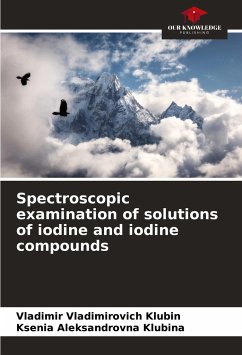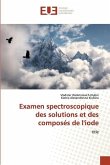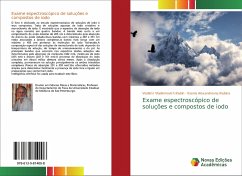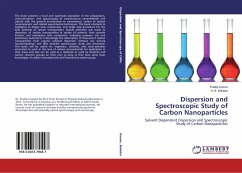The book is devoted to spectroscopic investigations of solutions of iodine and its compounds. It deals with aqueous solutions of crystalline iodine and iodine monochloride. It is shown that the absorption spectrum of iodine in water consists of four bands. The shortest band with maximum at wavelength 205 nm is determined by absorption of iodine acid anions . The two bands with maxima at 287 and 351 nm are related to the complex anion . The longest wavelength band, with a maximum at 455 nm, belongs to hydrated iodine molecules . The spectral composition of iodine monochloride solutions depends on solution temperature, storage time and pH. The main bands appearing in the spectra of these solutions are determined by the absorption of molecules (342 nm), iodine molecules (455 nm) and anions (287 and 351 nm). The process of dissolving crystalline iodine in ethyl alcohol takes several months. After complete dissolution, mainly complex triiodide anions (absorption bands 291 and 359 nm) remain in solution. The paper proposes simple methods that make it easy to determine the presence of free and bound iodine in iodine-containing preparations.








